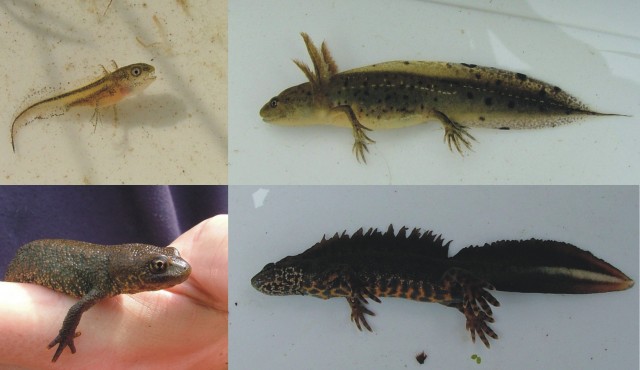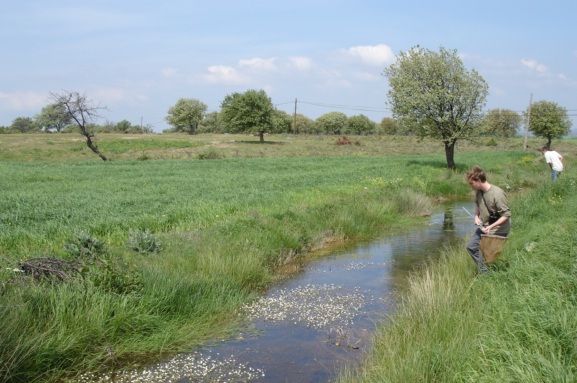Who is Ben Wielstra?
My research up to now has focused on historical biogeography. I am particularly interested in the evolutionary history of closely related species – how such species originated and obtained their current distribution and how they interact during the course of their evolution, as ecological divergence drives them apart and gene flow pulls them together. My early work mainly involved systematics, phylogeography, species distribution modeling and taxonomy. Recently I have been studying hybridization, both under natural conditions (in particular hybrid zone movement) and anthropogenically induced (the complicated conservation issues of ‘genetic pollution’). I mainly use Triturus newts as a model system.
Presently I am conducting a five-year research program in which I addresses the role of genome re-arrangements, in the evolution of balanced lethal systems. In a balanced lethal system, two forms of a chromosome carry distinct lethal alleles that are reciprocally compensated for by functional genes on the alternate chromosome form (and in effect both are required for survival). The apparent inability of natural selection to prevent lethal alleles from attaining a high frequency poses an evolutionary enigma. I lead a genomic study of the best-known case of a balanced lethal system (chromosome 1 syndrome observed in Triturus newts) and combine this with theoretical modelling to understand the conditions required for a balanced lethal system to evolve.
Triturus newts (the marbled and crested newts) have long been studied in evolutionary biology. The group is distributed in the Mediterranean region, an area characterized by a turbulent geological and climatological history. The genus represents an old and rapid radiation of nine partially cryptic species, distinct enough to be deemed species, but similar enough to exclude one another ecologically. Species ranges are largely parapatric and border each other at narrow hybrid zones where interspecific gene flow occurs. The hybrid zones are dynamic, meaning they shift position over time. Triturus newts represent the most famous example of a balanced lethal system, in which exactly 50% of embryos suffers from a genetically determined lethality. Taken together, crested newts are the perfect model system to address my research questions.
- Since 2024 I am an Associate Professor at Leiden University.
- In 2019-2024 I was an Assistant Professor at Leiden University.
- Since 2013 I am an honorary researcher at Naturalis.
- In 2016-2019 I was a Marie Skłodowska-Curie Fellow at the University of California, Los Angeles and the University of Sheffield.
- In 2014-2016 I was a Newton International Fellow at the University of Sheffield.
- In 2012-2013 I conducted postdoctoral research at Naturalis.
- In 2007-2012 I conducted PhD research at the University of Twente and Naturalis.
- In 2000-2007 I studied Biology at Leiden University, conducting several research projects at Naturalis.

The Triturus cristatus superspecies: your new favourite model organism. Upper panel: left a larva just hatched; right a larva close to metamorphosis. Lower panel: left a female; right a male in breeding costume. These sleepy newts were temporarily sedated and after non-invasisve tissue sampling they were released again. Pictures by me.

